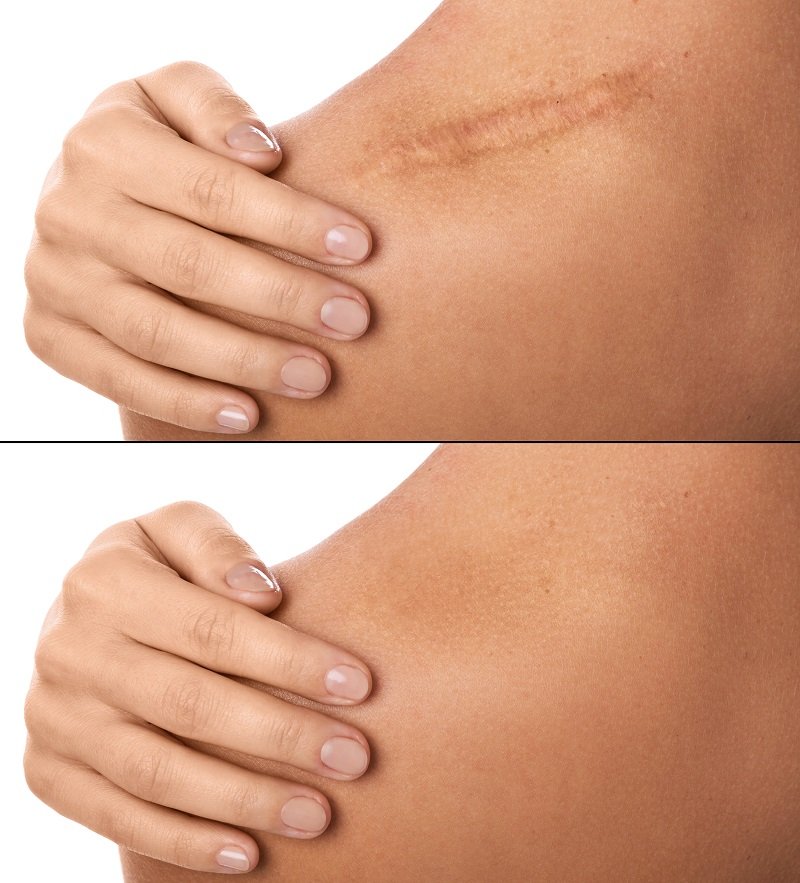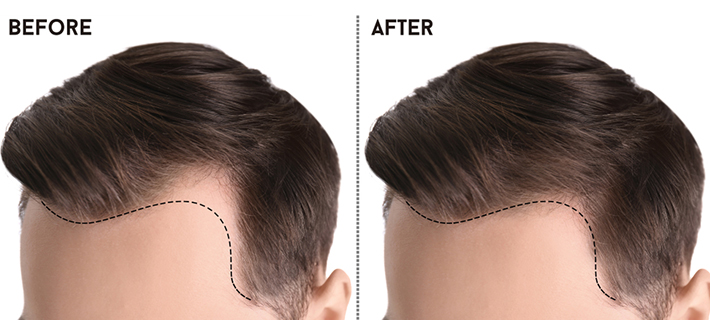Alopecia Areata: What Causes It and How Scalp Micropigmentation Can Help
Alopecia areata is a type of autoimmune disorder that causes hair loss in small, round patches on the scalp and other areas of the body. The immune system mistakenly attacks hair follicles, leading to hair loss. It’s one of the most common types of alopecia, affecting both men and women of all ages, and can be a stressful condition to manage.
What Causes Alopecia Areata?
While the exact cause of alopecia areata is still not fully understood, there are several factors that may contribute to the development of this condition:
- Autoimmune Response: The most widely accepted theory is that alopecia areata occurs when the body’s immune system mistakenly targets and attacks hair follicles, disrupting the normal hair growth cycle.
- Genetics: A family history of alopecia or other autoimmune diseases can increase the risk of developing alopecia areata. Certain genes may predispose individuals to this condition.
- Environmental Factors: Stress, viral infections, and other environmental triggers can also play a role in the onset of alopecia areata. Emotional or physical stress is known to be a contributing factor for many people with the condition.
- Hormonal Imbalances: In some cases, hormonal changes, such as those experienced during pregnancy or menopause, can trigger or worsen hair loss associated with alopecia.
How Scalp Micropigmentation Can Help with Alopecia Areata
If you’re living with alopecia areata and have noticeable bald patches, scalp micropigmentation (SMP) could be the solution to help restore a fuller look to your scalp. SMP is a non-invasive procedure that uses tiny, pigment-filled needles to mimic the appearance of hair follicles. It’s particularly effective in areas where you have hair loss, as it can create the illusion of fuller hair, blending the natural and pigmented areas seamlessly.
For those with bald spots, SMP can darken the scalp beneath the existing hair, so when you style your hair, the pigment blends naturally with your hair, making the spots less noticeable. This can drastically reduce the appearance of bald patches, helping to restore confidence and a more natural look.
However, when it comes to areas like the hairline, if you’re experiencing complete hair loss with no regrowth in the area, SMP won’t be as effective. Since there’s no natural hair to cover the pigment, it could be noticeable, especially as it contrasts with the surrounding skin. In these cases, it’s important to discuss expectations beforehand so we can determine the best approach for your situation.
Benefits of SMP for Alopecia Areata
- Realistic Look: SMP adds density and creates the appearance of thicker hair, blending seamlessly with your natural hair and minimizing bald patches.
- Customizable: Whether you have patches at your crown or near your hairline, we can adjust the pigment to match your existing hair color, ensuring a more natural result.
- Non-Surgical: Unlike other hair restoration options, SMP is a non-invasive solution that doesn’t require surgery or extensive downtime.
- Long-Term Solution: The results of SMP last for years, requiring minimal maintenance compared to other treatments like hairpieces or fibers.
If you’re dealing with alopecia areata, it can be hard to find a solution that truly makes a difference. With scalp micropigmentation, you can address thinning and bald spots and regain confidence in your appearance. While the results will vary based on the extent of hair loss and whether hair exists in the area, SMP can still help by creating the illusion of a fuller, healthier scalp.


